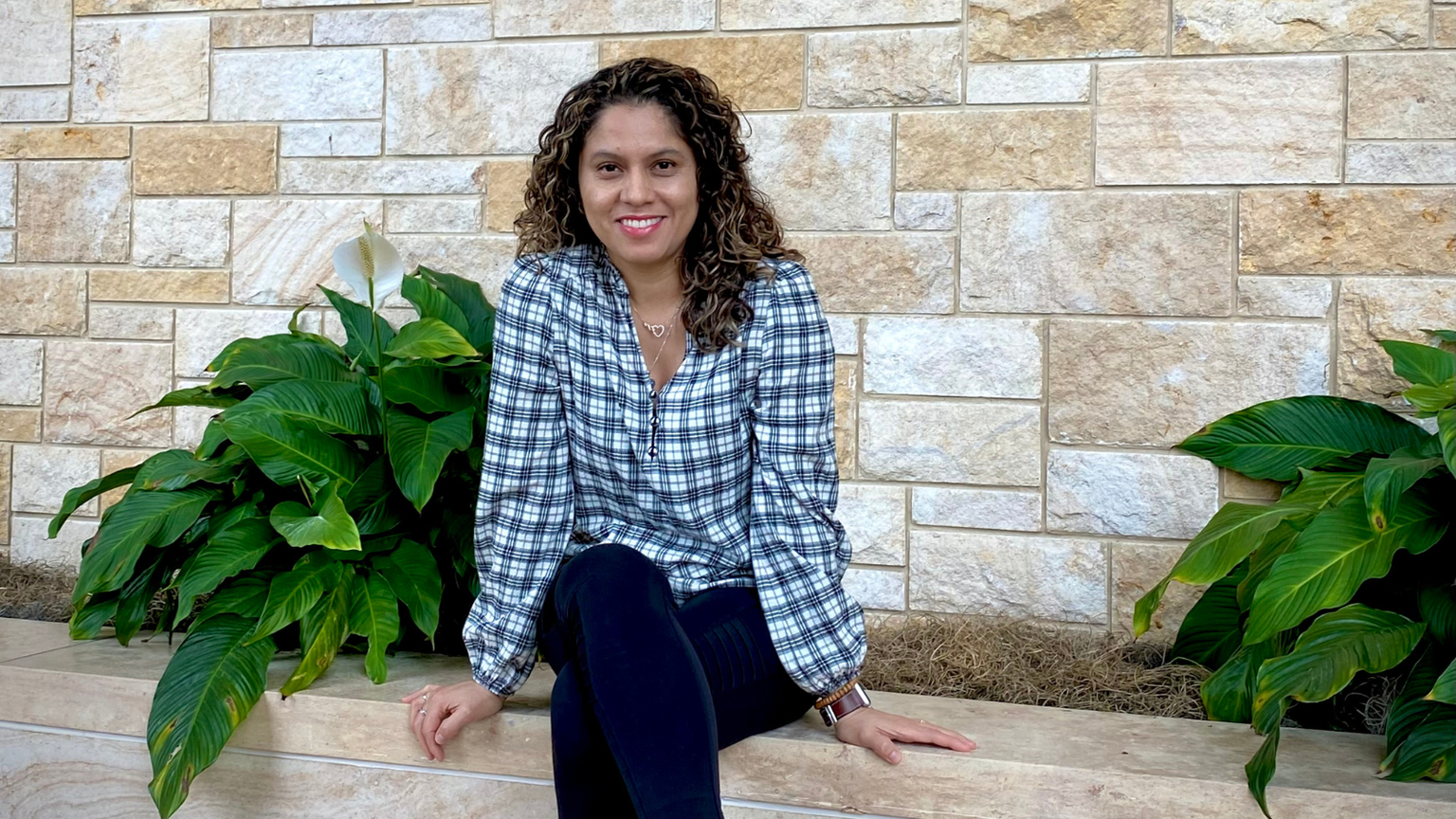In The News

07 January 2026
Investigator Kamena Kostova, named ‘Cell Scientist to Watch’
From the Journal of Cell Science, Investigator Kamena Kostova named a 'Cell Scientist to Watch'
Read Article
News
Q&A with Emma Rangel-Huerta: "Follow your heart! Never lose passion for exploration."

What is your current research focus and why?
My overarching research goal is to identify the genes, molecules, and mechanisms that guide body patterning in early surviving branches of the animal tree, such as sea anemones and corals, in order to understand their implication for how animals evolve new traits and features.
Throughout my Ph.D. training at a marine station in the Caribbean Sea, I was enthusiastic to explore projects involving octopuses and corals. Since then, I have become fascinated with unconventional research organisms as model systems to understand the diversity of biological processes.
Growing up, what career did you want to pursue?
When I was a child, I wanted to be a ballet dancer—I mimicked the dancers when I watched “The Nutcracker” ballet performance on TV. At the same time, I was also attracted to science. I wasn't sure what it meant to be a scientist, but I remember spending time looking through a microscope at tree leaves, small insects, and flowers.
When and how did you become interested in a career in science?
I was first interested in a career in science during my bachelor’s degree when I had a bacteriology module and practical sessions in the lab. I found it quite fun and challenging to identify the bacteria using agar media and biochemical tests, and I decided to join a molecular biology lab to do my undergraduate thesis. It was not until my Ph.D. studies when I first observed the heartbeat of a live zebrafish through a microscope that I discovered the developmental biology field. I had no idea so many possible fields of study could exist.
What made you decide to join the Gibson Lab at the Stowers Institute?
In 2018, I read the paper “An axial Hox code controls tissue segmentation and body patterning in Nematostella vectensis” from Matt Gibson’s laboratory. I was fascinated by this significant finding and its implications for an ancient segment-polarity program that originated before the cnidarian-bilaterian evolutionary split, when sea anemones and corals diverged from animals with left-right body symmetry.
When I discovered the Gibson Lab was also developing pioneering research tools for the cnidarian community, I found it a great opportunity to develop new skills and expand my knowledge.
What is your favorite non-research related memory at the Stowers Institute so far?
My favorite memories of the Stowers Institute are the friendly faces I see when I walk around. This makes me feel at home and comfortable in my surroundings.
What is your favorite thing to do in Kansas City?
I like photographing landscapes during all four seasons of the year. I have been able to enjoy the beauty of tulips in the spring; I love the fall when the leaves turn yellow, red, and orange creating a vibrant palette of autumn colors, and snow photography in the winter as well.
Where do you see yourself in 10 years?
I see myself working and having fun in a marine station or doing fieldwork researching marine organisms and finding new lifeforms.
What advice do you have for other people curious about a career in science?
Follow your heart! Never lose passion for exploration.
Search for more than one lab option, apply for scholar internships at universities or institutes to get experience, and decide if it is the best option for you.
To read more Postdoc Profiles, click here.
In The News

07 January 2026
From the Journal of Cell Science, Investigator Kamena Kostova named a 'Cell Scientist to Watch'
Read Article
#Stowers25: Celebrating 25 Years
06 January 2026
Alejandro Sánchez Alvarado, Ph.D., reflects on a year of discovery, gratitude, and the community that helps support our mission.
Read Article
In The News

01 January 2026
From Science Friday, President and CSO Alejandro Sánchez Alvarado talks about the science of regeneration and the biology lessons we can carry into the new year.
Read Article
